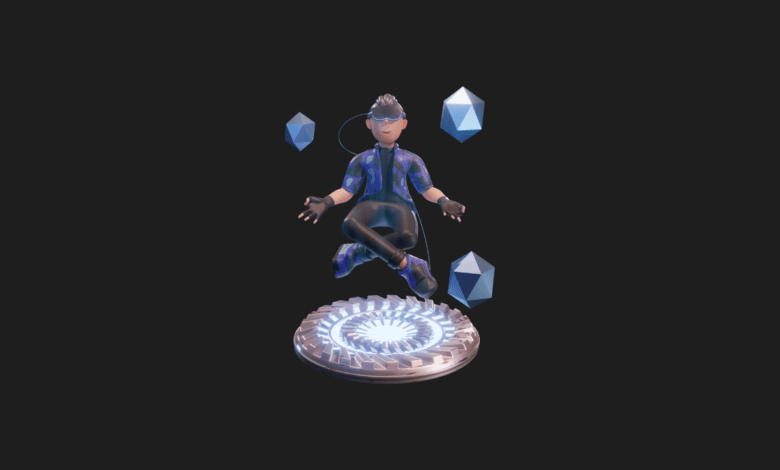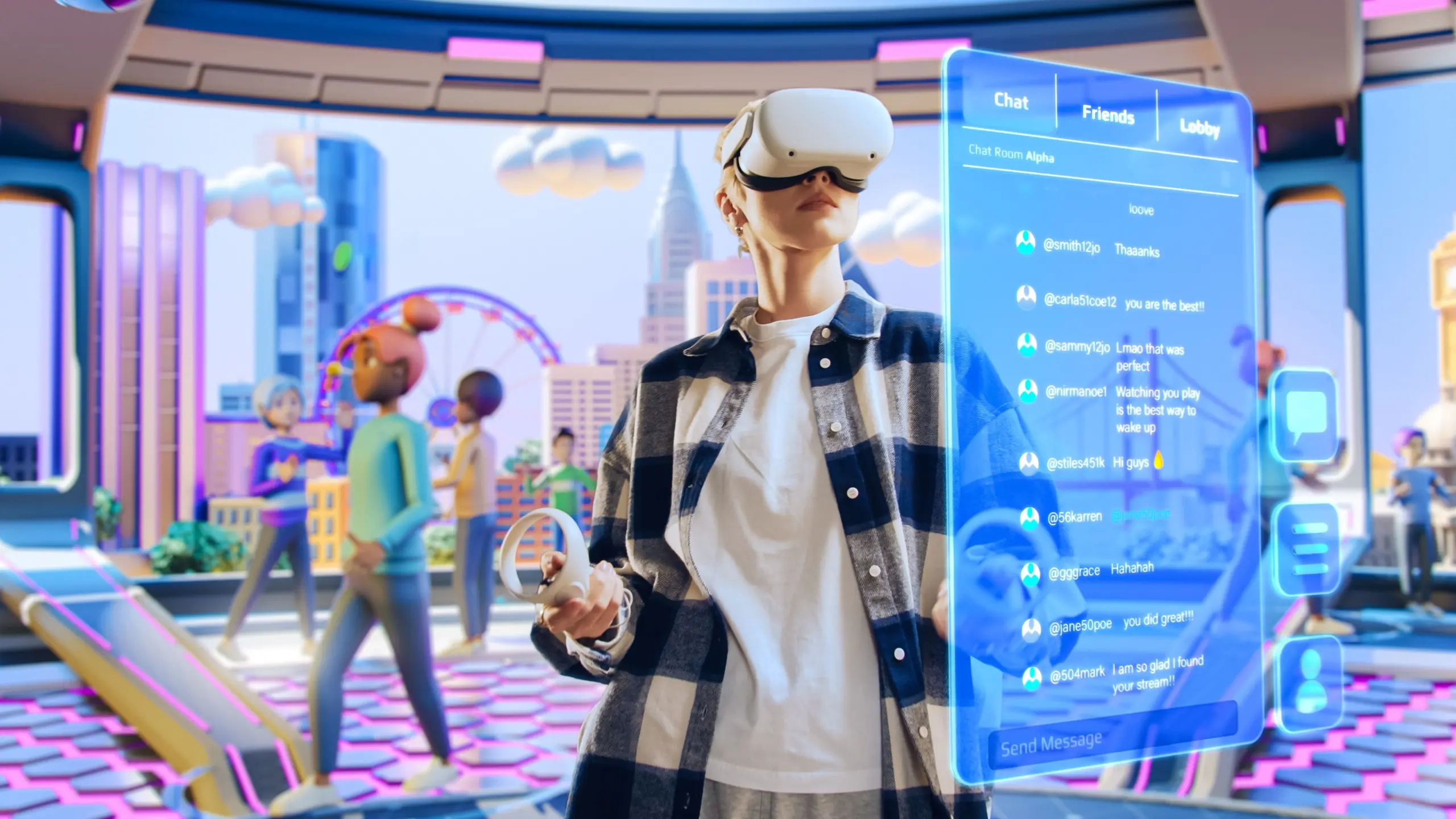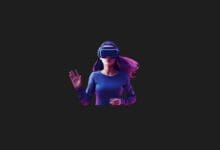
Metaverse Truth in 5 items
We delved into the concept of the metaverse, which Facebook CEO Mark Zuckerberg brought to the forefront of the technology agenda like a bomb. We spoke with Dr. Derya Oya Oyan, a software and computer engineer academician, about what should be known before investing in this field.
The metaverse, the most prominent concept of recent times, has left many people bewildered. Referred to as the crossover or virtual universe in Turkish terms, the metaverse stands out from other technological concepts by intertwining technology with imaginative visions rather than scientific realities, leading to numerous misconceptions.
Despite this, many companies and individuals have eagerly begun investing. So, will the metaverse truly revolutionize virtual reality, augmented reality products that end users are not interested in, remarketing augmented reality products, learning to sell unnecessary virtual plots, or something akin to the creation of the internet in the future? According to Dr. Oyan, the metaverse is not just a virtual world consisting of avatars, but in the future, even DNA will be part of the metaverse.
Lately, everything virtual seems to be labeled as the metaverse, but moving beyond the universe without the Web 3.0 revolution appears to be a challenging task.
1.Definition to consider: Verse

According to a survey conducted by Dr. Derya Oyan and her team, 238 definitions for the metaverse emerged in Turkey, Europe, and the USA. In fact, there is no agreed-upon definition for the metaverse. The top technologies that have developed since the widespread use of the internet were chaotic.
Over the past 7-8 years, top companies have started to consolidate these technologies to provide qualified services and simplify things. They needed to be brought under one roof to be widely used as products that make life easier, whether socially or in business. If it hadn’t appeared as a Metaverse, it would have emerged under a different concept. Facebook, now 20 years old, acted early by embracing the concept of the metaverse to redefine its own identity.
The metaverse, still in its infancy, also differs from concepts developed up to now because the futurists proclaimed it first. For example, when we first encountered the concept of virtual reality, the technology became part of our lives. Technology experts discussed it, and futurists envisioned a future with this technology. However, the metaverse is still under development.
For the first time in technology, the name came first. This was deliberately done to familiarize people with future technologies, understand how people want to exist in the virtual world, and arouse curiosity. There are already several technologies, and the unnamed sensors that will affect the nervous system and brain patterns will be completed as technologies advance.
In this new concept, the ‘stanza,’ meaning the universe side, is fixed, but the meta part is dynamic. Many companies have embraced the concept under various names. For instance, a California-based technology company, Nvidia, mentioned Omriverse, while Microsoft referred to it as Multiverse.
2.People will have IP addresses

People’s perception comprises symbols, but the metaverse has various aspects, both social and technological. We already had some awareness of Augmented Reality (AR) and Virtual Reality (VR) technologies. The recently emerging Mixed Reality (MR) technology is also significant in this context—an innovation that enables virtual content and real-world content to interact simultaneously. For example, a patient undergoing a critical operation can experience mixed reality, and the outcome can be projected.
IP stands for Intellectual Property, virtual economy decentralization, collaboration, socialization in Web 3.0, and NFTs and cryptocurrency. It has come to the forefront as a slightly more advanced form of virtual entertainment. However, in this context, the virtual economy will develop further. There will be advertisements in augmented reality spaces instead of ads popping up in front of us on online entertainment screens.
Every computer on the internet has an IP (Internet Protocol) address. IP will no longer be a code for computers, and people will have an IP. For instance, the exclusive information about journalists and newspapers will no longer be easily used by someone else. Regardless of the label, it will be the code. These royalties cannot be surpassed. These changes are not far away; they will happen in 5-6 years.
3.Digital twins will drop to people

We will rapidly transition from avatars to consuming our digital twin. Initially, we’ll start with avatars, but then we’ll become virtual, digital versions of ourselves, existing in the virtual world.
These digital twins will interact at gatherings and allow us to manage various tasks. While the initial efficiency might be 70%, the goal is 90%, though it can never be 100%. For example, when browsing a brand’s e-commerce site, you won’t encounter other users. Instead, you’ll meet your friends in the metaverse stores of these brands, either by coincidence or intentionally.
When you prefer not to be seen, you can appear offline even though you are online. In a virtual office, you’ll virtually meet everyone as if you went to the physical office. The shoes you wear in the virtual world will match the shoes on your feet. Essentially, all companies will become technology producers.
For instance, a razor company could use immersive technologies like this: Users can try the product in the metaverse and feel as if they have actually used it, checking if their skin has any issues or allergic reactions. It will be as if they actually opened it in the store and tried it on. This will elevate the collection of customer data for businesses.
4.Transition to a movement and experience-based world

One of the most frequently asked questions is, “How is this different from online entertainment?” To clarify, online entertainment and the metaverse are distinct concepts. Specifically, online entertainment is a centralized structure, while the metaverse is a decentralized structure, similar to cryptocurrencies. Decentralization in blockchain technology involves transferring control and decision-making authority from a central entity—whether an individual, organization, or group—to a network.
In the metaverse, people will be able to exist with digital identities, moving beyond observing the virtual world from a screen to actively participating in it. It’s akin to transitioning from the realm of 2D cartoons to the realm of 3D animation. However, it’s crucial to understand that the internet has evolved. Initially, during Web 1.0, we primarily received information from individuals with websites. Later, with Web 2.0, we could comment on and share information, marking the era of mass sharing with smartphones.
Now, with Web 3.0, a new revolution is taking place on the internet. The decentralized architecture brings freedom to the virtual world on the web. This marks a shift from a transaction-based world to an activity- and experience-based world. In this decentralized structure, the virtual world’s freedom extends to the internet, transforming it from a transaction-focused space to one centered around activity and experience.
5.Virtual land is anything but a singular venture

Understanding the technical architecture of the Metaverse is crucial. For instance, the current web world is composed of pixels, but the architecture of the metaverse is based on voxels. A voxel is a graphic data point that represents a point in 3D space.
This distinction is essential for various industries. Consider a material company contemplating the metaverse; they should take voxels into account. Although metaverse spaces will differ, in the Verse world, where everything converges, companies may close their physical stores and move their virtual stores into the Verse world, just as they transitioned to e-commerce.
In the Verse world, the virtual store of a material company, for example, will be represented by voxels, creating a 3D virtual space. This can be seen as a technical infrastructure element similar to purchasing a domain name for a website.
It’s not just a one-time investment; rather, it forms a part of the overall technical foundation. In platforms like Decentraland, which has the most sold virtual land in Turkey, there are 90,601 parcels of land (voxel area). Currently, it may not seem feasible for these purchased lands to be resold, but even if they are sold, the intellectual property rights of the land remain with the original owner.
You may also like this content
- The Metaverse: What it is, How to Enter, and Its Potential Impact
- Metaverse 5 Reasons Why its Awesome
- Metaverse Coins Buying Guide
Follow us on TWITTER (X) and be instantly informed about the latest developments…









